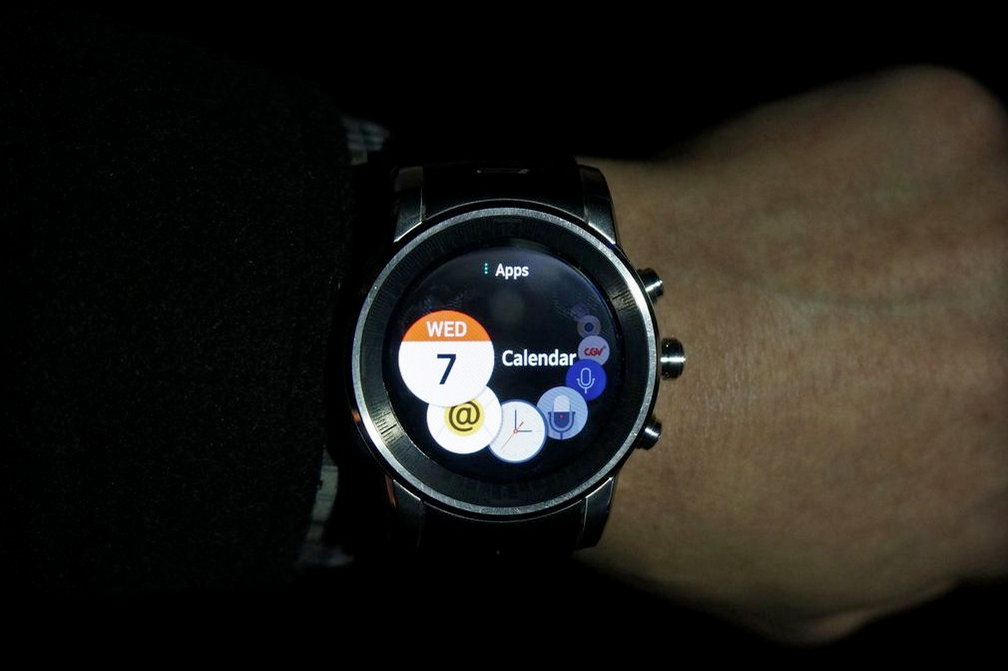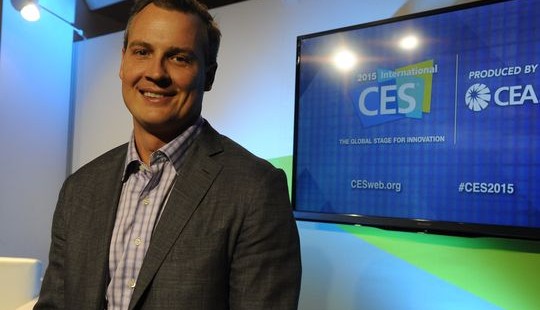Read original story on: 9to5Mac
An iPhone companion app for the yet-to-be-launched Apple Watch purportedly offers more clues as to how Apple’s first wearable will work, including some novel new functions. Highlights includes:
- Mobile Payment: As previewed, Apple Watch will support Apple Pay. You will need to set up a 4-digit passcode (like on iPhone) for the Watch in order to use it.
- Haptic Navigation: Users will be able to enable or disable Taptic Engine’s tapping of the user’s wrist for turn-by-turn directions.
- Notification: A subtle red dot will appear atop the Apple Watch’s clock face whenever a new notification is received on linked iPhone.
- Messaging: Without a keyboard, the Watch will allow users to respond to messages via voice, with either transcribed dictation or actual audio messages.
- Storage: The About Screen within the watch companion app confirms that the Watch itself will have usable storage space, presumably for music and photos.
All these new details fall pretty much in line with what we learned from the WatchKit back in November. Apple Watch is reportedly set for a March release this year, and we will continue to keep an eye on its development.
Update 2015/01/22: Apple targets Watch battery life of 2.5 hours heavy use and 3.5 hours standard use; pure standby battery life likely to be 2-3 days; CPU said to be A5-caliber


